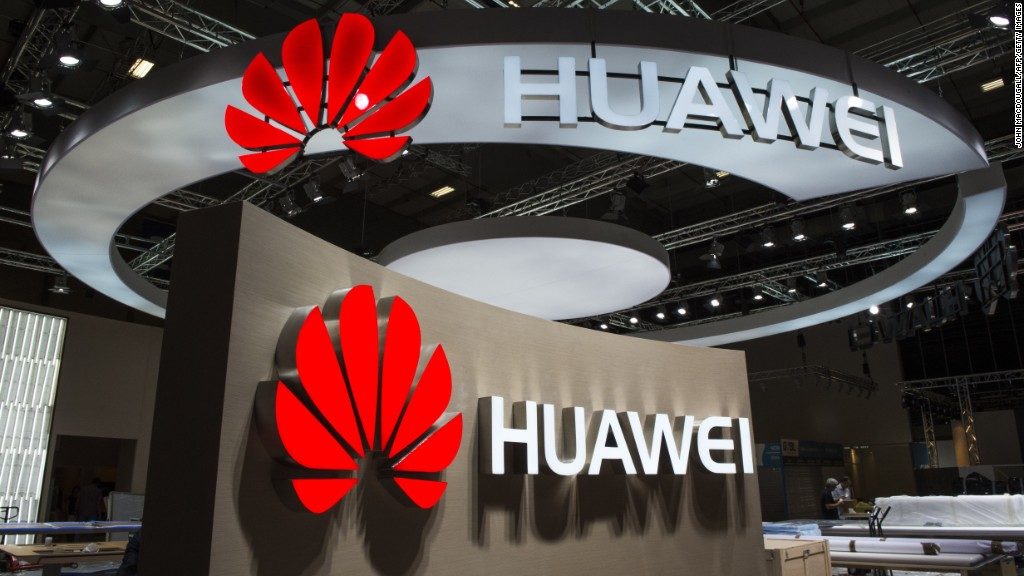Honestly, I thought this was a done deal, but hey.
The FCC has circulated a draft order which calls for all new Huawei and ZTE devices to be banned in the US. This follows years of rhetoric, much of which I’ve covered here on this blog. Both the previous administration and the current one recognize Huawei and ZTE as security threats. There have been rumors for over a decade that the companies have put spyware in their telecommunications equipment. At one time, former cell carrier Sprint used equipment from Huawei for network switching, and that was a concern as the company sought to sell itself off (something it eventually did.)
The warnings against these two companies have been increasingly harsh over the years. About a year ago, the Secure Equipment Act became law. This law requires the FCC to ban any telecommunications equipment that poses an “unacceptable risk to the national security” of our country. Since then, there hasn’t been much action, and many Huawei devices have still been on sale in the US. Sales of products from their subsidiaries have also been strong.
Why this matters

It wasn’t that long ago that both companies were seen as up-and-comers in the consumer technology space. They were expected to make a huge impact on sales of consumer products. I still remember both companies’ strong presences at CES shows. They were part of a vanguard of Chinese companies hoping to make it in the US market. TCL and Hisense broke through, while Huawei and ZTE were forced out.
This isn’t just protectionism, they tell us. Both companies are strongly tied to the Chinese government, and both have had malware in their products before. That may not be enough to prove that they are a threat, but based on the actions being taken, it just might be. If nothing else, it does make you think about how technology could be used against us if the people making all our stuff want it to be.
Why did this take so long?
It’s been over a decade since concerns were first raised, and four years since the FCC first started to threaten action. Why can’t things like this move faster? We learned in 2020 just how fast our government can move when it wants to. Yet, they seem to be back to their old glacial pace when dealing with this issue.
A lot of it, sadly, has to do with the way the FCC itself operates. By law, the commission must have two commissioners from each major political party. The chair is generally of the same party as the President. However, new commissioners need to be confirmed by Congress. When there’s a divided Congress, or when the Congress is led by a different party from the President, things can get bogged down.
To date, there still isn’t a full commission. The nominee for the fifth seat, Gigi Sohn, has been waiting for confirmation for a year. The commission itself is divided with two Democrats and two Republicans. This means they can only take action on the simplest and mildest things, things both parties agree on. There have been some hopes for confirmation, but it’s been a typical slow process. If Sohn isn’t confirmed by January, the nomination will expire and the whole process will have to begin again. That would likely mean a full four years without a fifth commissioner.
Despite some articles saying that the FCC is doing just fine, this kind of bottleneck has stopped a lot of things from happening, one of which has been the outright banning of Huawei and ZTE equipment.





